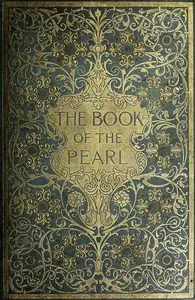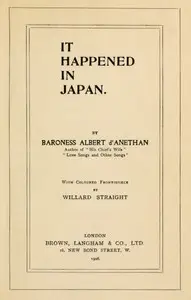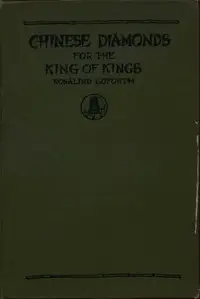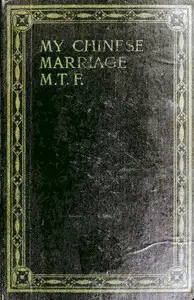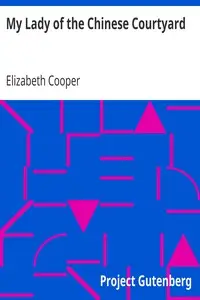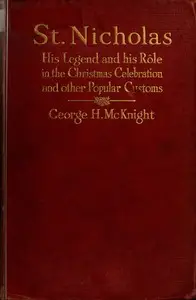"The Street of Precious Pearls" by Nora Waln explores the journey of Yen Kuei Ping, a young Chinese woman, as she grapples with tradition, family duties, and her own desires in early 20th-century China. Set against a backdrop rich in cultural symbolism where pearls represent wealth, the story chronicles Kuei Ping's life from her formative years through her marriage to Chia Fuh Tang, and their life together in Peking, highlighting the expectations placed on women, and the dynamics within a traditional Chinese society. Kuei Ping struggles to balance her roles as a wife and daughter with her longing for personal freedom, navigating hardships, including loss, which ultimately inspires her to find purpose by devoting herself to community service, staying true to her heritage, and finding a way to integrate tradition with the winds of change.
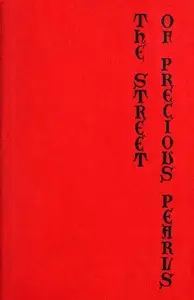
The Street of Precious Pearls
By Nora Waln
In a world steeped in ancient customs and the allure of precious gems, a young woman must choose between family duty and the stirrings of her own heart, as she searches for meaning amidst life's joys and sorrows in a changing China.
Summary
About the AuthorNora Waln was a best-selling American writer and journalist in the 1930s–50s, writing books and articles on her time spent in Germany and China. She was among the first to report on the spread of Nazism from 1934 to 1938. She traveled widely in Europe and Asia, contributing articles to the Atlantic Monthly and other magazines. She was one of the few correspondents who reported from Communist China and Mongolia, reporting for the Saturday Evening Post for three and a half years, including reporting from the Korean War (1947-1951). She regularly contributed to the Atlantic Monthly from 1925 to 1962.
Nora Waln was a best-selling American writer and journalist in the 1930s–50s, writing books and articles on her time spent in Germany and China. She was among the first to report on the spread of Nazism from 1934 to 1938. She traveled widely in Europe and Asia, contributing articles to the Atlantic Monthly and other magazines. She was one of the few correspondents who reported from Communist China and Mongolia, reporting for the Saturday Evening Post for three and a half years, including reporting from the Korean War (1947-1951). She regularly contributed to the Atlantic Monthly from 1925 to 1962.

